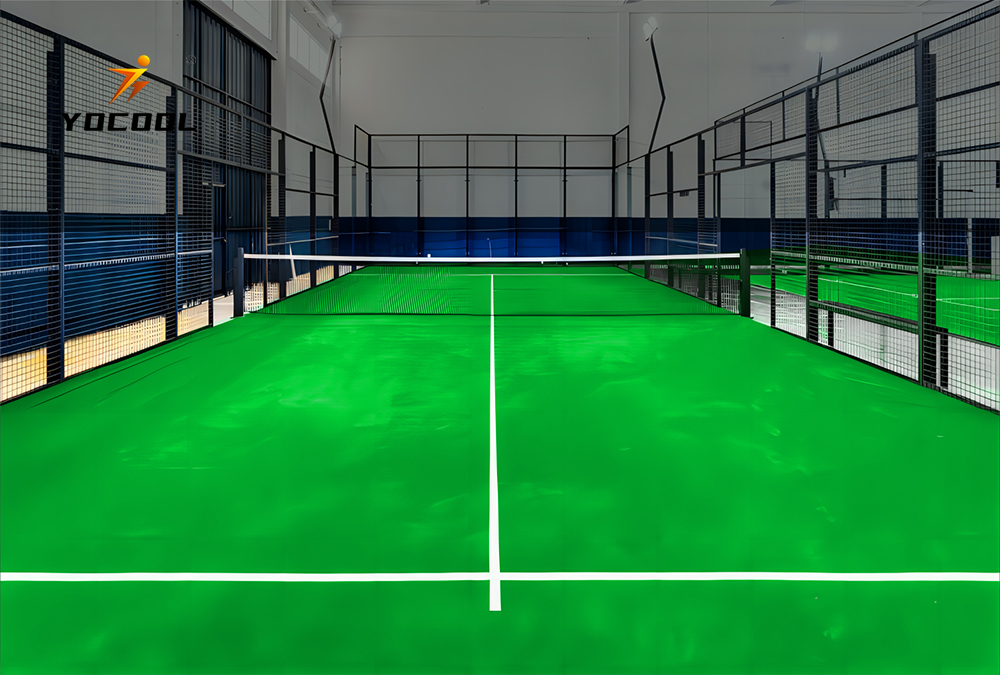

The Cost to Build a Padel Court A Comprehensive Guide
Padel, a racket sport that combines elements of tennis and squash, has been gaining popularity worldwide. As more enthusiasts look to establish their own courts, understanding the comprehensive costs involved in building a padel court is essential. This article will break down the key factors that influence the cost of constructing a padel court, covering everything from land acquisition to maintenance.
1. Land Acquisition
The first major expense when building a padel court is acquiring suitable land. Depending on your location, purchasing or leasing land can vary significantly in price. Urban areas tend to have higher land costs compared to rural settings. Ground preparation may also incur additional expenses, particularly if the land requires leveling or clearing. It's essential to choose a location that meets zoning regulations and is easily accessible for potential players.
2. Court Construction
Once you have the land, the next step is to construct the padel court itself. A standard padel court measures 20 meters long and 10 meters wide, enclosed by walls. The construction costs can vary based on materials used, location, and labor costs. The primary components of the court include
- Surface Material Padel courts can be constructed with various surface materials like artificial turf, concrete, or clay. Artificial turf is the most common choice due to its durability and low maintenance but can be more expensive upfront. - Walls The walls of the court are usually made of glass or solid materials. Glass walls contribute to the aesthetic appeal and player experience, but they can be significantly more expensive than solid walls. - Lighting If you plan on hosting games during the evening or in low-light conditions, investing in quality lighting systems is necessary. LED lights are energy-efficient and provide adequate illumination, but their installation can add to the overall budget.
While the court is the central feature, additional facilities can enhance the overall player experience. These may include

- Changing Rooms Bathrooms and changing rooms add convenience for players. The costs associated with plumbing, fixtures, and fittings can add up quickly. - Seating Areas Spectator seating, whether it's benches or more elaborate seating, is important for tournaments or casual viewing. - Storage Facilities A small storage area for equipment and maintenance tools can improve the court's organization and efficiency.
4. Permits and Legal Fees
Before breaking ground, various permits and licenses may be needed from local authorities, which can vary widely in cost depending on location and regulations. Consulting with a legal expert familiar with sports facilities can help you navigate these requirements more smoothly.
5. Maintenance Costs
After constructing the court, ongoing maintenance is necessary to keep the facility in prime condition. Regular cleaning, surface upkeep, and repairs can lead to additional costs, which should be anticipated in your budget. Depending on the materials used for the court surface, maintenance frequency and costs can vary.
6. Estimated Overall Costs
In total, building a padel court can range from $20,000 to $60,000 on average, depending on all the factors mentioned above. For high-end finishes and facilities, costs can rise significantly. Investors should aim for a detailed budget that accounts for all variables to avoid surprises.
Conclusion
Building a padel court can be a rewarding investment for sports enthusiasts and community centers alike. By understanding the various costs involved—from land acquisition to maintenance—you can better plan and execute your project. As padel continues to grow in popularity, investing in a court could provide a significant return in terms of enjoyment and potential revenue from hosting events and games.
Durable PVC & Rubber Sports Floors Slip-Resistant & Shock-Absorbing
Rubber Brick Flooring Durable, Slip-Resistant & Eco-Friendly Solutions
Premium Rubber Floor Mats - Slip-Resistant, Durable & Easy Clean
Premium Rubber Floor Mats Durable, Slip-Resistant & Easy to Clean
Homogeneous Transparent Rubber Flooring Slip-Resistant & Low Maintenance
Homogeneous Transparent Flooring Slip-Resistant & Durable Rubber Floors